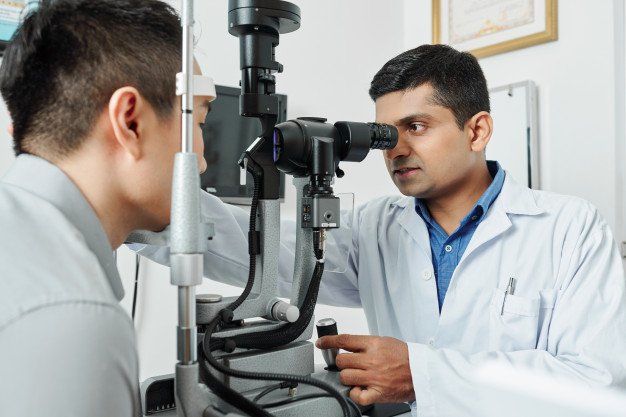Do Your Part and Care For Your Heart
What are Cardiovascular Diseases?
Cardiovascular diseases (CVDs) are a group of disorders of the heart and blood vessels and they include the following:
- Coronary Heart Disease develops when the coronary arteries become too narrow. The arteries are the blood vessels that supply oxygen and blood to the heart.
- Cerebrovascular Disease refers to a group of conditions and disorders that affect the blood vessels and blood supply to the brain. This can result in a stroke which is due to the brain cells not receiving enough oxygen.
- Peripheral Arterial Disease is a circulatory condition in which narrowed blood vessels reduce blood flow to the limbs.
- Rheumatic Heart Disease is a condition in which the heart valves have been permanently damaged by rheumatic fever. The heart valve damage may start shortly after untreated a streptococcal infection such as strep throat or scarlet fever.
- Congenital Heart Disease are abnormalities in the heart that develop before birth. These include holes in the heart, leaky valves or defective vessels.
- Deep Vein thrombosis and Pulmonary Embolisms are when blood clots that developed in your legs travel to your lungs and block a blood vessel.
Many of these are related to a process called atherosclerosis. Atherosclerosis is a condition that develops when a substance called plaque builds up in the walls of the arteries. This buildup narrows the arteries, making it harder for blood to flow through. If a blood clot forms, it can block the blood flow causing a heart attack or stroke.
Atherosclerosis is a condition that develops when a substance called plaque builds up in the walls of the arteries. This buildup narrows the arteries, making it harder for blood to flow through. If a blood clot forms, it can block the blood flow causing a heart attack or stroke.
Now Let’s Talk Numbers –
- Cardiovascular diseases are the number one cause of death globally. More people die annually from Cardiovascular diseases than from any other cause.
- Heart disease is the leading cause of death for men, women, and people of most racial and ethnic groups in the United States.
- On average, one person dies every 37 seconds in the United States from cardiovascular disease.
- Heart disease costs the United States about $219 billion each year. This includes the cost of health care services, medicines and lost productivity due to death.
- In the United States, someone has a heart attack every 40 seconds.
How Do You Prevent Cardiovascular Disease?
 An important aspect of lowering risk of cardiovascular disease, is managing health behaviors and risk factors. These include managing a quality diet, physical activity, minimizing smoking, controlling your body mass index (BMI)and blood pressure. Your healthcare provider may conduct or request screening tests during regular visits to see if you are at risk. If you do have test results that are less than ideal, it doesn’t mean you’re destined to develop a serious cardiovascular disease. On the contrary, it means you’re able to begin changing your health in a positive way.
An important aspect of lowering risk of cardiovascular disease, is managing health behaviors and risk factors. These include managing a quality diet, physical activity, minimizing smoking, controlling your body mass index (BMI)and blood pressure. Your healthcare provider may conduct or request screening tests during regular visits to see if you are at risk. If you do have test results that are less than ideal, it doesn’t mean you’re destined to develop a serious cardiovascular disease. On the contrary, it means you’re able to begin changing your health in a positive way.
Some measurements such as body weight and blood pressure are taken during routine medical appointments. Some cardiovascular screening tests begin at age 20. The frequency of follow up will depend on your level of risk. Patients who have been diagnosed with a cardiovascular condition will require additional testing. Even if you haven’t been diagnosed with a condition, your healthcare provider may want more stringent screening if you already have risk factors or a family history of cardiovascular disease.
| Recommended Screenings |
How Often? |
| Blood pressure |
Each regular healthcare visit or at least once per year if blood pressure is less than 120/80 mm Hg |
| Cholesterol | Every four to six years for normal risk adults but more often if you have elevated risk for heart disease or stroke |
| Weight / Body Mass Index (BMI) | During your regular healthcare visit |
| Waist Circumference |
As needed to help evaluate cardiovascular risk if your BMI is greater than or equal to 25 kg/m2 |
| Blood Glucose Test | At least every 3 years |
| Discuss Smoking, Physical Activity and Diet | Each regular healthcare visit |
















